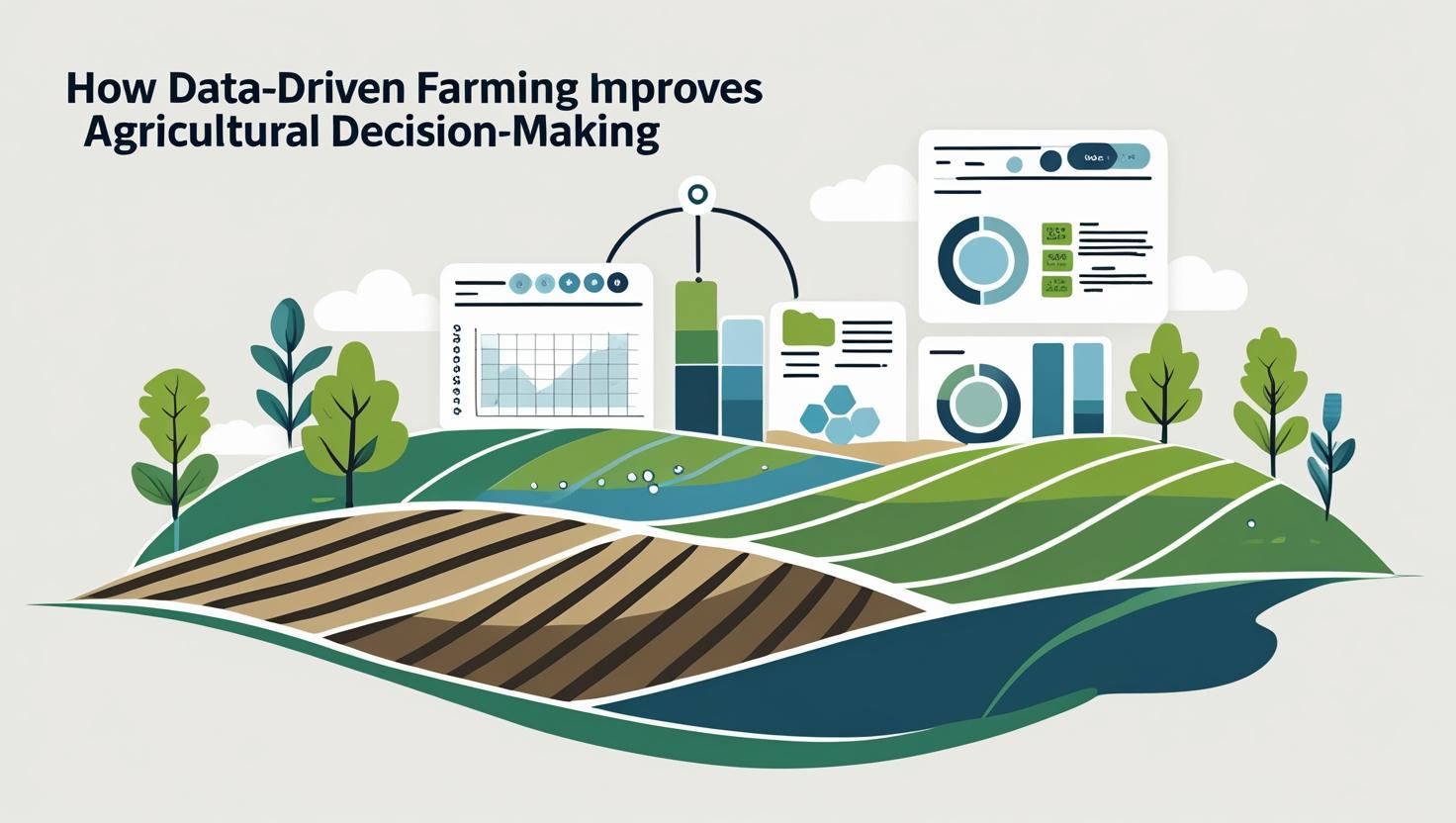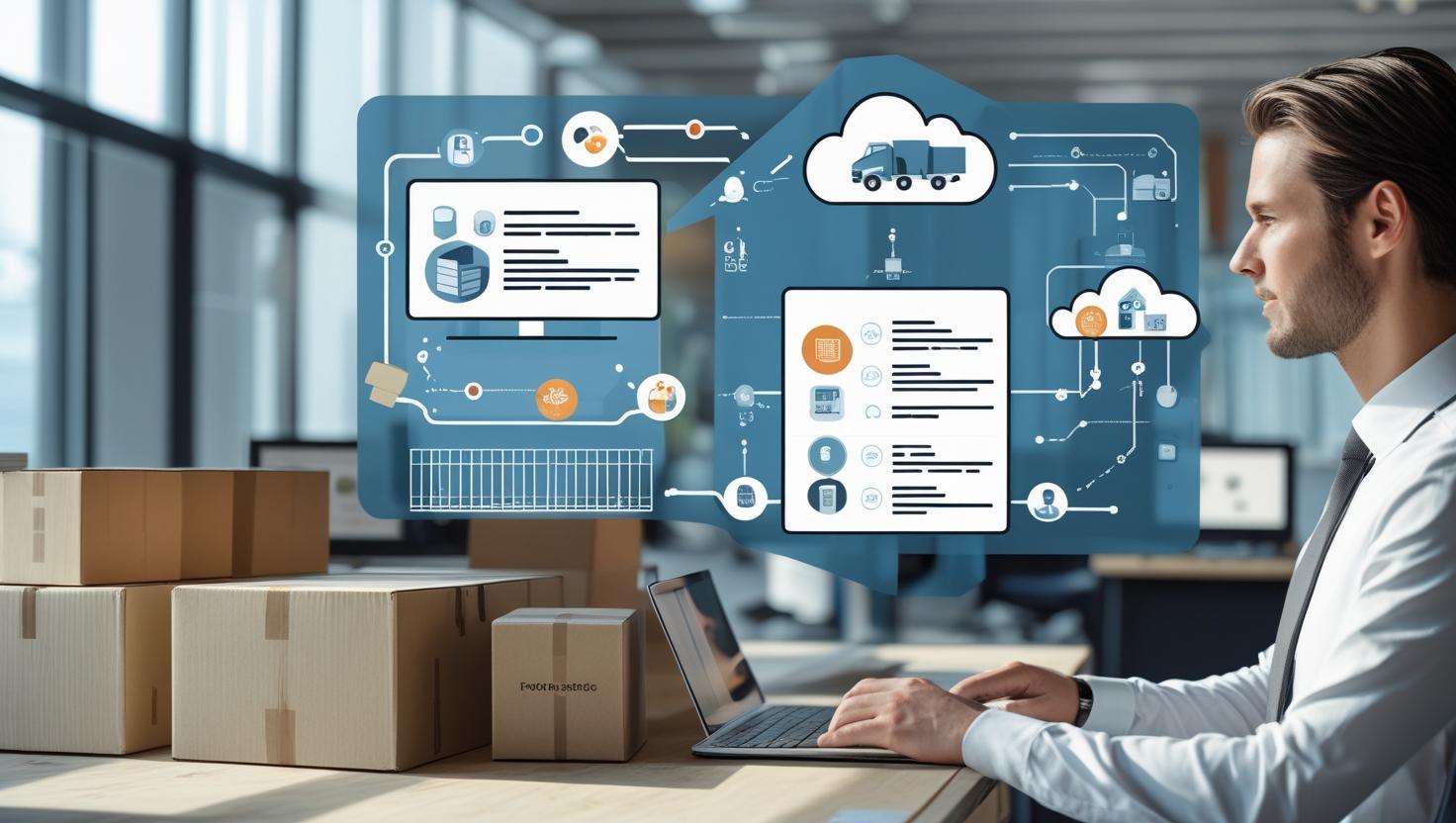How Data-Driven Farming Is Improving Decision Making in Agriculture

Agriculture is changing fast. According to the World Bank, global food production must increase by 70% by 2050 to meet demand. This growth must occur despite limited land, labor shortages, and changing climate conditions. Farmers face pressure to improve yields while reducing costs and conserving resources.
To meet these challenges, agriculture is moving toward technology-driven practices. One of the most impactful changes is the use of data-driven farming. By collecting and analyzing information from the field, farmers make better and faster decisions.
Smart Farming Solutions make this possible. These solutions rely on real-time data, sensor technology, and analytics tools. They help farmers decide when to irrigate, fertilize, plant, or harvest. A Smart Agriculture Solution Company develops and supports these technologies. Together, they are transforming farming from a reactive process into a data-supported, proactive system.
What Is Data-Driven Farming?
Data-driven farming uses information collected from various tools to guide day-to-day decisions. These decisions are based on real-time and historical data. This method helps farmers optimize productivity, reduce waste, and make accurate predictions.
Unlike traditional farming, data-driven agriculture doesn't rely only on experience or intuition. It uses factual insights from the field, equipment, and external systems such as weather services and market prices.
Sources of Data in Smart Farming
Farming data comes from multiple sources. These inputs help build a full picture of the farm’s condition and operations.
| Source | Purpose |
| Soil sensors | Measure moisture, temperature, and nutrients |
| Weather stations | Provide local forecasts and climate patterns |
| Drones and satellites | Capture crop health and field imagery |
| Machinery systems | Track equipment use, fuel levels, and maintenance |
| Mobile apps | Log inputs, access dashboards, and record field data |
| Market data feeds | Offer pricing trends and demand forecasts |
This data is collected, processed, and visualized using Smart Farming Solutions. These tools present complex data in a simple and useful format.
Benefits of Data-Driven Decision Making
Data helps solve real farming problems. When used properly, it can bring several advantages.
1. Better Use of Inputs
With real-time soil readings, farmers know the exact need for water or fertilizer. This prevents waste and overuse. As a result, costs go down and yields go up. It also protects the soil from nutrient imbalances.
2. Improved Yield Forecasts
Yield prediction models use weather, soil, and crop data. These models help estimate output well in advance. Farmers can plan storage, marketing, and logistics more accurately.
3. Timely Action on Risks
Sensors and AI models can detect early signs of pests or diseases. By responding quickly, farmers prevent larger outbreaks. This reduces crop damage and the need for large pesticide doses.
4. Reduced Environmental Impact
Smart Farming Solutions reduce the use of chemicals and water. This lowers pollution and conserves natural resources. It also aligns with sustainable farming practices and regulations.
5. Stronger Business Planning
Data provides evidence for decisions. This improves recordkeeping, cost tracking, and reporting. It also supports compliance with safety and quality standards.
The Role of a Smart Agriculture Solution Company
A Smart Agriculture Solution Company provides the tools and expertise needed for data-driven farming. These companies combine engineering, agronomy, and data science. Their goal is to help farmers collect and apply useful information.
Key Areas of Contribution
- Development of IoT sensors and field hardware
- Custom farm management software platforms
- Integration with drones, GPS systems, and mobile apps
- Data analytics tools for yield, input, and cost analysis
- Ongoing technical support and feature updates
These companies also help in tailoring solutions for specific crops, regions, and business models.
Applications in the Field
Precision Irrigation
Smart irrigation systems adjust water flow based on soil moisture levels. This ensures plants get enough water without over-irrigation. It also reduces electricity and water bills.
Variable Rate Fertilization
Fertilizer is applied only where needed. Soil data guides how much and where to apply nutrients. This improves efficiency and crop response.
Crop Health Monitoring
Images from drones and satellites are analyzed for signs of stress. AI tools highlight problem areas. Farmers act early, improving crop outcomes.
Automated Machinery Guidance
Tractors and harvesters use GPS and sensors to follow optimal paths. This reduces fuel use and increases field coverage accuracy.
Post-Harvest Management
Data from yield monitors helps optimize storage, transport, and market timing. Farmers reduce waste and improve profitability.
Challenges and How to Address Them
While data-driven farming brings value, it also faces obstacles.
1. Data Overload
Too much data can confuse users. It’s important to present clear insights. Good software summarizes complex information into simple advice.
2. Connectivity Problems
Many farms have limited internet access. Smart Agriculture Solution Companies offer systems that work offline and sync data when connected.
3. High Initial Costs
Sensors and analytics platforms need investment. Over time, the savings and yield gains usually offset the cost. Scalable pricing models also help smaller farms get started.
4. Training Needs
Not all farmers are familiar with digital tools. Providers must offer support and training. Clear, intuitive interfaces also reduce the learning curve.
Future Trends in Data-Driven Farming
The role of data in agriculture will only increase. Technologies are becoming more connected, accurate, and predictive.
Artificial intelligence will help detect crop problems before they affect yields. Machine learning models will refine predictions by learning from past data. Blockchain may support traceability, allowing end-to-end tracking of crops. Autonomous machines will operate with real-time data inputs, reducing the need for manual labor.
Smart Agriculture Solution Companies are investing in these developments. Their focus is on combining scientific knowledge with real-world farming needs.
Comparison: Traditional vs Data-Driven Farming
| Aspect | Traditional Farming | Data-Driven Farming |
| Input usage | Based on habit or general guidelines | Based on field-specific data |
| Irrigation | Timed or manual | Controlled using soil sensors and weather data |
| Pest control | Reactive | Proactive, based on early detection |
| Yield estimates | After harvest | Forecasted in advance |
| Resource efficiency | Often inconsistent | Optimized and measured |
Conclusion
Data is becoming a central resource in agriculture. With the right tools, farmers make informed choices about planting, irrigation, fertilization, and harvesting. These choices reduce costs, protect the environment, and improve productivity.
Smart Farming Solutions make this transformation possible. They collect, process, and analyze farm data to provide actionable insights. Behind these tools, a Smart Agriculture Solution Company builds the systems, offers technical support, and adapts solutions to local needs.
As global demands rise and farming conditions grow more complex, data-driven agriculture will play an even larger role. Farmers who adopt these practices now will be better equipped to grow healthy crops, manage risks, and build sustainable businesses in the future.
Note: IndiBlogHub features both user-submitted and editorial content. We do not verify third-party contributions. Read our Disclaimer and Privacy Policyfor details.







